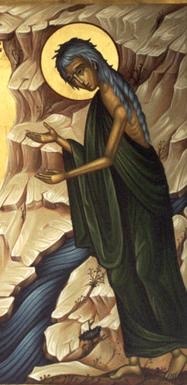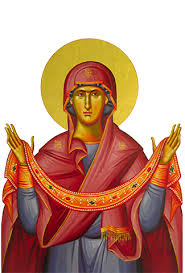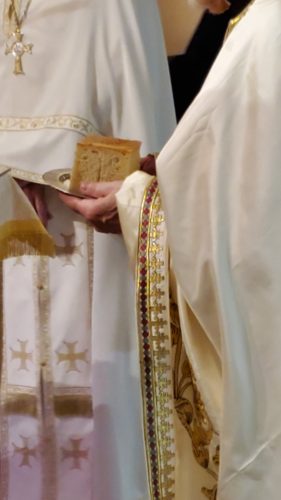
Our Father among the Saints
St. Raphael, Bishop of Brooklyn
“Good Shepherd of the Lost Sheep in America”
(November 8, 1860 – February 27, 1915)
On the Saturday prior to the commemoration of the Feast of the Holy Archangels (November 8) our Church commemorates the Feast of Our Father Among the Saints, St. Raphael (Hawaweeny), Bishop of Brooklyn. St. Raphael was born to a Syrian Orthodox family in Beirut (now Lebanon). Educated in Syria, at Halki, the Ecumenical Patriarchal School near Constantinople, and at the Theological Academy of Kiev. Fluent in several languages, he came to America attached to the Church of Russia and was assigned to lead the Syrian Orthodox Spiritual Mission in North America. He was elected bishop and was the first Orthodox hierarch consecrated in North America (1904). He served as bishop guiding the Orthodox, at a time that all ethnic groups were ministered under the Russian mission on this continent. He traveled extensively visiting the scattered Orthodox immigrants all over North America. He founded many churches across the country, including Archangel Michael’s Orthodox Church in Beaumont, TX. He also helped established St. Tikhon’s Monastery in Pennsylvania. He reposed in the Lord, February 27, 1915. He is buried at the Antiochian Village in Ligonier, PA. St. Raphael was glorified by the OCA in 2000
For an excellent article on his life by Bishop Basil (Essey) please see:
http://www.angelfire.com/pa3/straphaelcanonized/lives/TheWordMay2000.pdf
Hymns of Bishop Raphael of Brooklyn:
Troparion (Tone 3)
Rejoice, O Father Raphael, Adornment of the Holy Church!
Thou art Champion of the true Faith,
Seeker of the lost, Consolation of the oppressed,
Father to orphans, and Friend of the poor,
Peacemaker and Good Shepherd, Joy of all the Orthodox,
Son of Antioch, Boast of America:
Intercede with Christ God for us and for all who honor thee.
Kontakion (Tone 3)
Today the memory of blessed Raphael hath shone on us;
For having received Christ’s call, he faithfully took up his cross
and followed Him becoming a fisher of men.
Let us cry aloud to him saying: Rejoice O Father Raphael!









